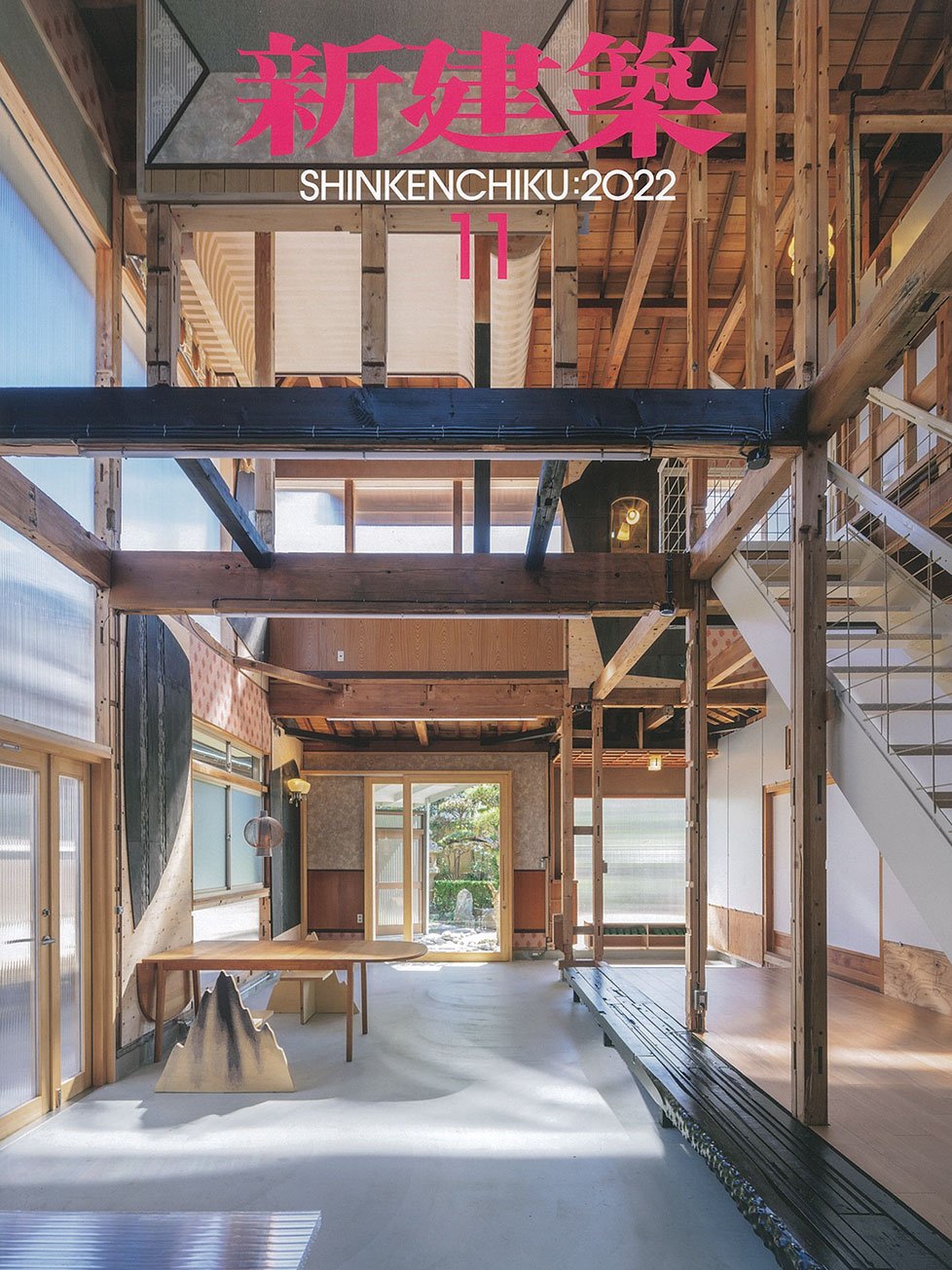
Magazine Shinkenchiku 2022.11
Shinkenchiku 2022.11
NASCA Co., Ltd.
Nihonchusha Bldg. 4F 3-15-1 Toyama, Shinjuku-ku
Tokyo JAPAN 162-0052
T 03-5272-4808 F 03-5272-4021
nasca@studio-nasca.com
NASCA Co., Ltd.
Nihonchusha Bldg. 4F 3-15-1 Toyama, Shinjuku-ku
Tokyo JAPAN 162-0052
T 03-5272-4808 F 03-5272-4021
nasca@studio-nasca.com

Just as the brain gradually transforms itself, as it functions, from a collection of functionally differentiated cells, the city too, in undergoing dynamic growth and change, gradually becomes a collection of places that serves different uses. A city that is too rigorously planed and differentiated from the start will no longer function as first intended, if the urban or Industrial structure undergoes great change. If a city is to reflect many different values, we must allow the city as well as the flexible framework of values to change in response to circumstances. There are many local cities where existing commercial districts have experienced decline because a bypass has been routed to the suburbs to ease congestion in central areas. There are also harbors that have lost their vitality and seen their warehouses abandoned because land transport superseded water transport. Industrial areas reclaimed to attract factories, academic new towns developed in expectation of new university campuses, suburban new towns built in anticipation of population growth - such areas are all designed for specific urban functions. The longer it takes to carry out a project, the more difficult it is to keep up with developments in society.Such plans are promoted or canceled in accordance with the values or standards of capitalist economy. Grasslands gradually evolve into woods, and woods gradually grow into forests. In thickly-wooded forests, ecologies are formed dynamically, each adapted to a different height, from the ground level to the treetops. These forests in turn are linked by way of estuaries to the ecologies of nearby seas. Cities can learn a great deal from such links.